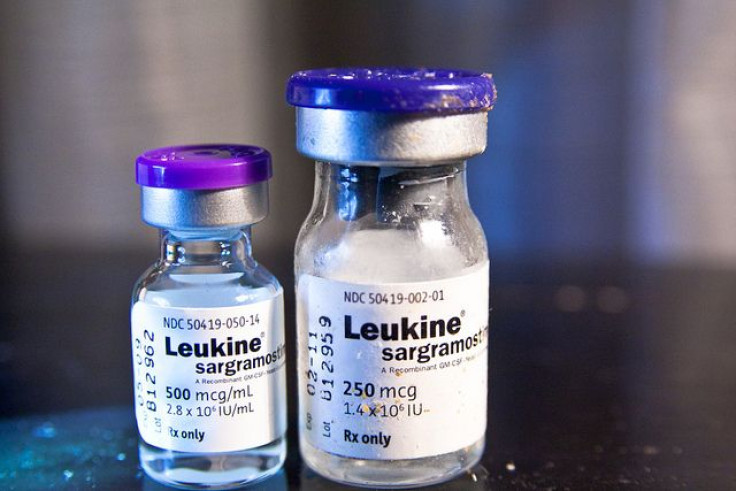CDC: 5 Things Cause Two-Thirds Of All Deaths In The US, And Most Are Unpreventable

A new analysis released by the Centers for Disease Control and Prevention (CDC) shows between 2008 and 2010, there were roughly 900,000 deaths caused by one of five factors. These five causes account for nearly two-thirds of all deaths annually in the U.S.
The CDC’s Morbidity and Mortality Weekly Report shows a continued pattern in the U.S. of a handful of diseases and conditions causing the majority of deaths. These include: heart disease, cancer, chronic lower respiratory diseases, stroke, and unintentional injuries. This is set against a backdrop of decreasing death risk in the U.S. mixed with an ever-increasing annual death rate since 1935, when the CDC first began collecting its data.
CDC Director Dr. Tom Frieden wrote in CNN that reducing the risk of death among the five greatest killers is a challenge that needs widespread awareness of the problem and sweeping action to combat it. “Whether it's by investing resources, using proven strategies or coordinating with health care systems, we have within our communities the strengths to help people live long and healthy lives,” Frieden wrote.
He goes on to explain that in cities like San Francisco and parts of Florida, communities have already taken measures to provide citizens with ample fitness resources. But a startling fact persists in the CDC’s data. Heart disease, cancer, and stroke have remained part of the five leading causes of death every year between 1935 and 2010. As much as Americans may be advancing their health care and extending their lives, the same challenges still vex us.
Stopping The Death March
There may be hope. Not all of the causes of death are left up to fate. The CDC estimates that a third of the some 895,317 deaths could have been prevented. Compared to the relatively low potential for prevention in heart disease and cancer, the other three offered nominally better chances for people to take the reins on their lives before death can strike. In total, the agency believes if all preventable deaths were avoided, the U.S. would see dramatic declines: 91,757 premature heart disease deaths, 84,443 cancer deaths, 28,831 chronic lower respiratory disease deaths, 16,973 stroke deaths, and 36,836 unintentional injury deaths.
One area that remains speculative is patient safety. A landmark report released in 1999 showed that 98,000 deaths occurred annually as the result of medical error. Whether these deaths fall under the CDC’s category of “unintentional injuries” remains unclear.
Frieden also points out that tobacco remains the single leading cause of death in the country, as it can contribute to nearly all of the five leading causes — heart disease, cancer, and lower respiratory diseases specifically. At more than 480,000 deaths annually, cigarette smoking makes men 17 times more likely and women 12 times more likely to die from bronchitis and emphysema. Cancers of the trachea, lung, and bronchus jump 23 times for men and 12 times for women. Heart disease risk is four times greater.
Though the numbers are falling, smoking rates still hover around 19 percent. “Getting the last 20% of Americans who still smoke to quit will make a huge difference in the length and quality of their lives,” Frieden writes. In addition, the decreased secondhand smoke will lower the annual death rate, which stands at roughly 48,000 — a mix of heart disease- and stroke-related deaths.
How To Fix It
Solving this problem requires a concerted effort from political forces and the general public. People may have all the access in the world to healthier options, but if their priorities guide them toward fattening foods and sedentary lifestyles, no increased quantity of bike paths and city parks will motivate change.
A better solution, Frieden argues, is making healthier options the default. We already see smacks of this from Michelle Obama’s “Let’s Move!” campaign and the fight to improve the nutrition of school lunches. Research has even shown that moving healthier choices into the foreground compels people to eat healthier, regardless of if it was their intention. Ultimately, what’s important is action, however brief or small.
“Change is never easy,” Frieden notes. “But each year we don't act adds tens of thousands of preventable deaths to the toll. We owe it to the American people to do better.”



























